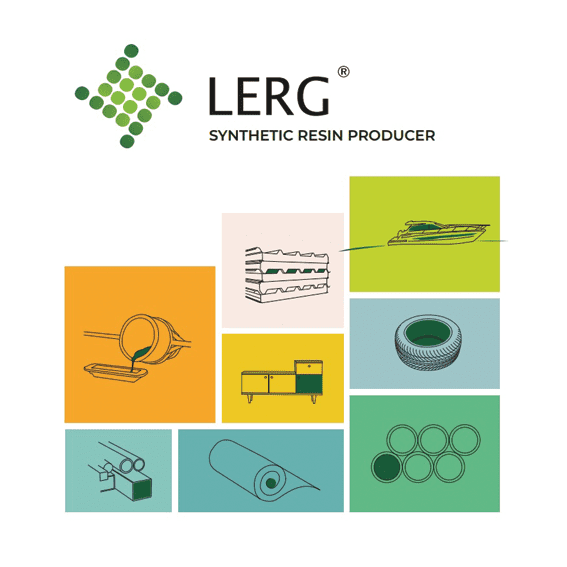For casting resins, Lerg® has a cutting-edge installation for the production of furane resins. These materials provide great options for the making of a range of plastic components with extraordinary precision. The use of the right material guarantees the highest accuracy of the target component.
It must by characterized, among others, by:
• optimal viscosity – the lower it is, the better the details of the mould can be reproduced,
• low shrinkage – to ensure the desired size of the target component,
• properties corresponding to the use of a part – depending on the way the finished product is used, appropriate materials should be used (e.g. characterized by high hardness or flexibility).
The casting resins offered by Lerg® are perfect for both full-mould and step casting techniques. You can be sure that with the use of our products you can make both very small precision parts and large-size components.
Our range features products designed for use in the following technologies:
• Self-curing cement technology – for this application, we offer furane materials that are perfect for the production of moulding and core sands,
• Hot-Box technology, which most often employs ready-made components as moulds for iron and aluminium castings,
• Thermoshock – in this case, the best choice will be urea-phenolic-formaldehyde variants,
• CO2-cured cements – an advanced method with core blowing with carbon dioxide,
• Alpha-Set – the best material for this technique is the alkaline, phenolic model.

